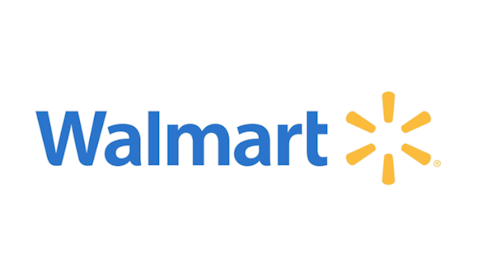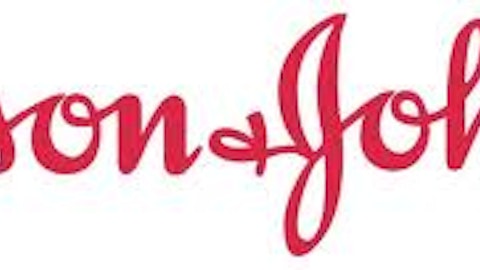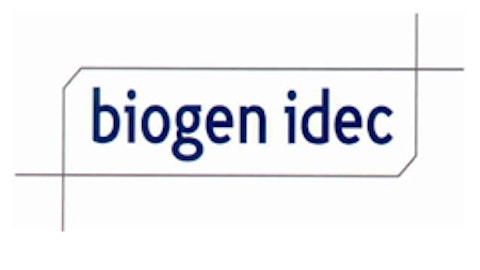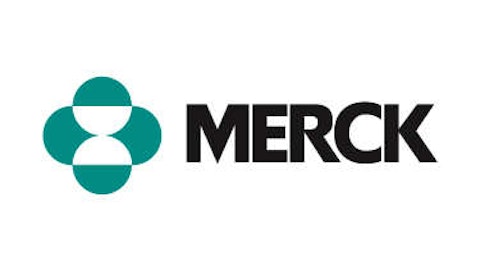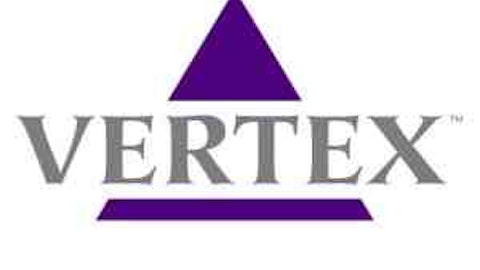Sanofi SA (ADR) (NYSE:SNY) announced this week that the Food and Drug Administration began to review the company’s once-daily type 2 diabetes injectable lixisenatide. The GLP-1 agonist would join a crowded market led by Novo Nordisk A/S (ADR) (NYSE:NVO) and the teaming of Bristol Myers Squibb Co. (NYSE:BMY) and AstraZeneca plc (ADR)(NYSE:AZN).
The FDA approval follows the recent EU approval, which put the drug on track for an overseas launch in the late first quarter under the name Lyxumia. But is the drug effective enough to find a market among the other contenders?
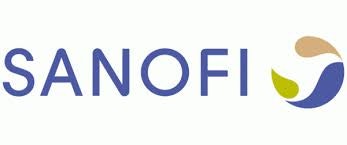
GLP-1 agonists have remained popular because they pair well with insulin products to offer flexible treatment customization for patients — a key selling point in diabetes.
Novo Nordisk’s Victoza leads the drug class with a 2012 annual sales growth of nearly 60% to 9.5 billion Danish kroner (about $1.7 billion at current currency rates). But Victoza missed sales estimates in the fourth quarter, perhaps because of Bydureon coming onto the market last year.
Bydureon is a once-weekly injection developed by Amylin that joined the existing once-daily Byetta. The two drugs proved so enticing that Bristol-Myers and AstraZeneca teamed up last summer to acquire Amylin. Bristol recorded sales of $149 million and $78 million for Bydureon; AstraZeneca reported $75 million and $37 million, respectively.
There’s room in the market for a new drug if it offers an efficacy improvement. But that’s not lixisenatide’s strong point. And there are other pipeline contenders waiting in the wings.
Efficacy battle
Victoza leads more than the sales race. Last year, the FDA approved a product label update that allowed Victoza to mention the drug’s superiority to Merck’s DPP-4 inhibitor Januvia at controlling blood sugar and lowering weight. Novo’s drug has also bested Byetta in trials.
A second place finish would require better efficacy than at least Byetta. Eli Lilly’s dulaglutide was the only pipeline contender to meet that mark. GlaxoSmithKline’s albiglutide didn’t go up against Byetta but underperformed Victoza. Sanofi drew about even, showing that lixisenatide wasn’t any worse than Byetta.
But lixisenatide did show some signs of strength. It did a better job than Byetta at reducing the risk of hypoglycemia, a common side effect of diabetes treatments. And in a different late-stage trial, the drug showed significant blood sugar decreases when used in combination with Sanofi’s $6 billion insulin Lantus.
Combo advantage
I’ve repeatedly said that lixisenatide’s strength lies in its potential bolstering of Lantus sales once the insulin’s patent expires around 2014. A lixisenatide and Lantus combination drug is undergoing several trials using different types of dosage devices; phase 2b should report data this year, but an expected phase 3 trial was pushed back indefinitely.
